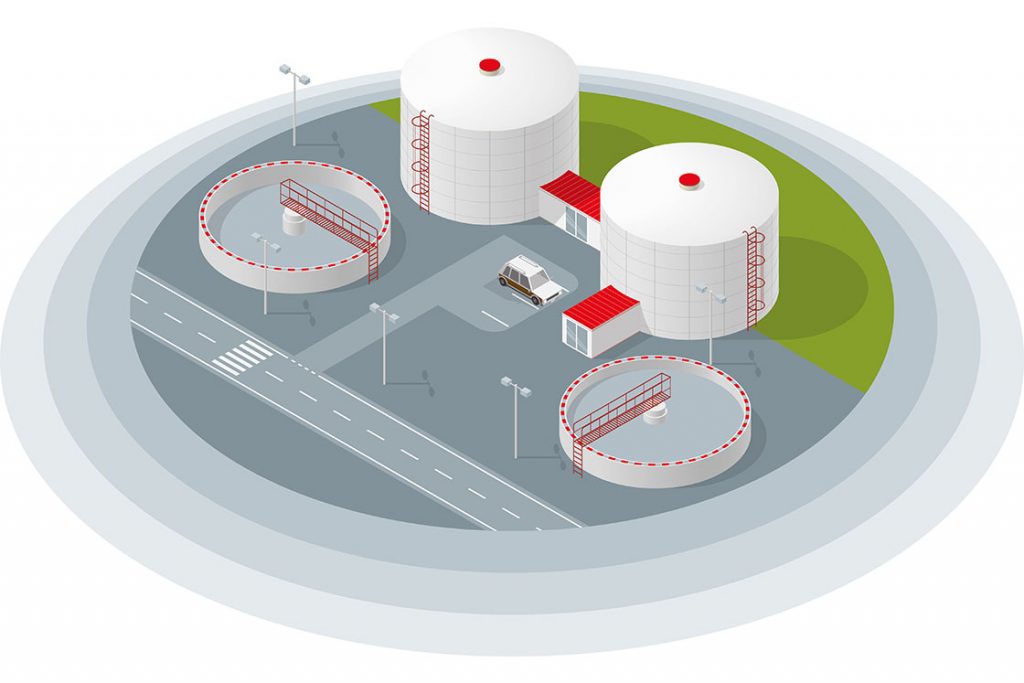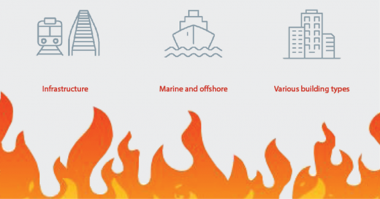Contributor: Danfoss
According to World Economic Forum 2017, a water crisis is evaluated as one of the highest risks to the world and with the largest impact. As populations grow, pressures mount and finding a more sustainable relationship between water and energy supplies become critical in less than two decades. Today, close to one third of the world’s population is estimated to live in water stressed and scarcity areas and by 2040, almost 20 % of all countries are anticipated to experience extremely high water stress. Yet, water and energy loss in the water sector are extremely high. In fact, the average amount of water wasted by waterworks is 40 % worldwide and 26 % in Europe – due to errors, leakages, and water pressure. At the same time, 4 % of global electricity is consumed by the water industry – a figure that is expected to double by 2040 – and water accounts for up to half of a municipality’s total energy bill.
 Pressure control is key to reduce water and energy loss
Pressure control is key to reduce water and energy loss
Danfoss pressure sensors and variable speed drives are a key component for reducing water and energy loss throughout the whole water cycle.
Experiences from 112 systems in 10 different countries show that better pressure control reduces non-revenue water and unnecessary energy consumption significantly.
 In average, improved pressure management leads to 38 % reduction in pressure and 53 % less new breaks. Among other benefits, the energy consumption is reduced by 20-40 % and the typical water leakage reduction is 38 %. Moreover, the improvements result in extended asset lifetime and fewer network related complaints.
In average, improved pressure management leads to 38 % reduction in pressure and 53 % less new breaks. Among other benefits, the energy consumption is reduced by 20-40 % and the typical water leakage reduction is 38 %. Moreover, the improvements result in extended asset lifetime and fewer network related complaints.
Industry Challenges in the Water System
- High energy consumption
- Water hammer and cavitation – pressure peaks are damaging the pipes
- Missing accurate pressure measurement – often too high pressure to ensure water supply
- Expensive down time of the system due to unpredicted maintenance
- Pumps can run dry if the pressure is not monitored and controlled
With Danfoss, water facilities benefit from…
- Higher reliability
- Lower total cost of ownership
- Less quality issues leading to lower warranty costs
- Improved uptime – maximize the efficiency of pumps in operation
- Longer lifetime – protect your equipment
- Reduced energy consumption
- Minimized maintenance with predicted maintenance
- Global presence
Download the simulator






Comments